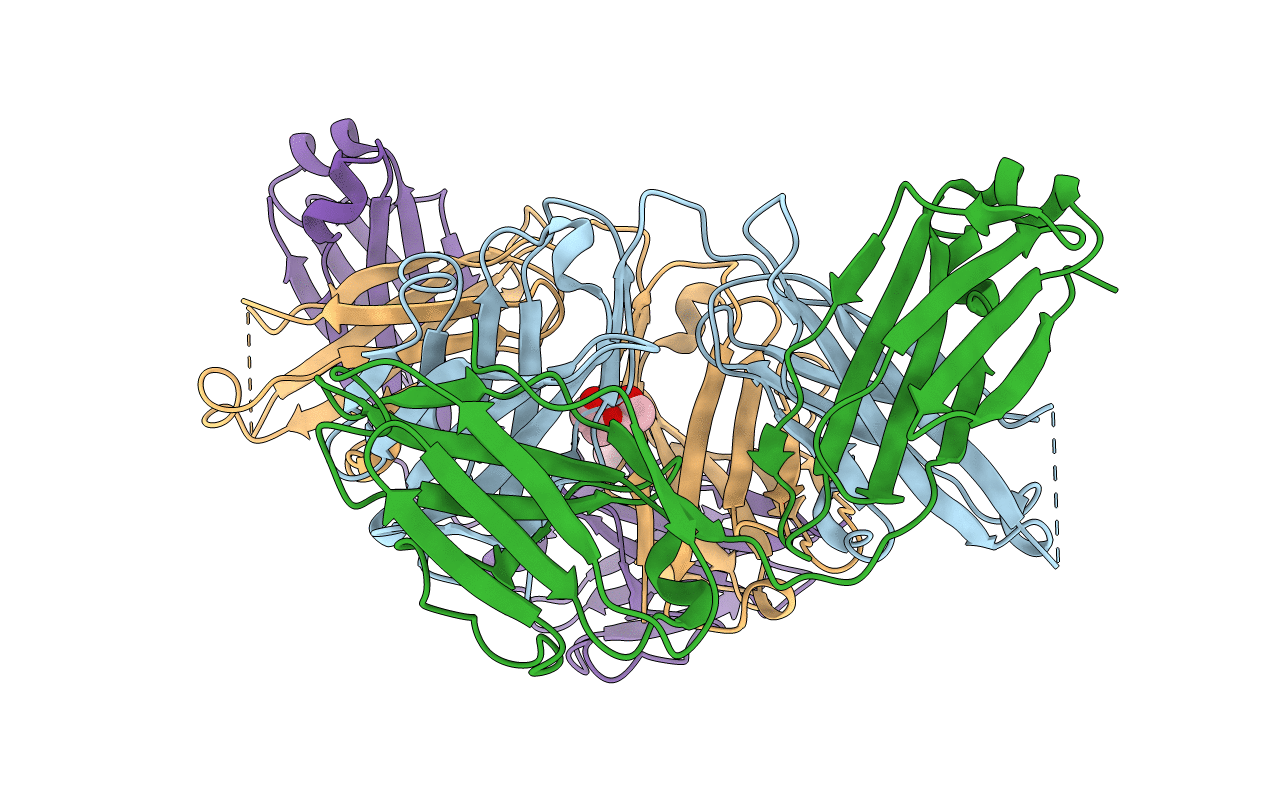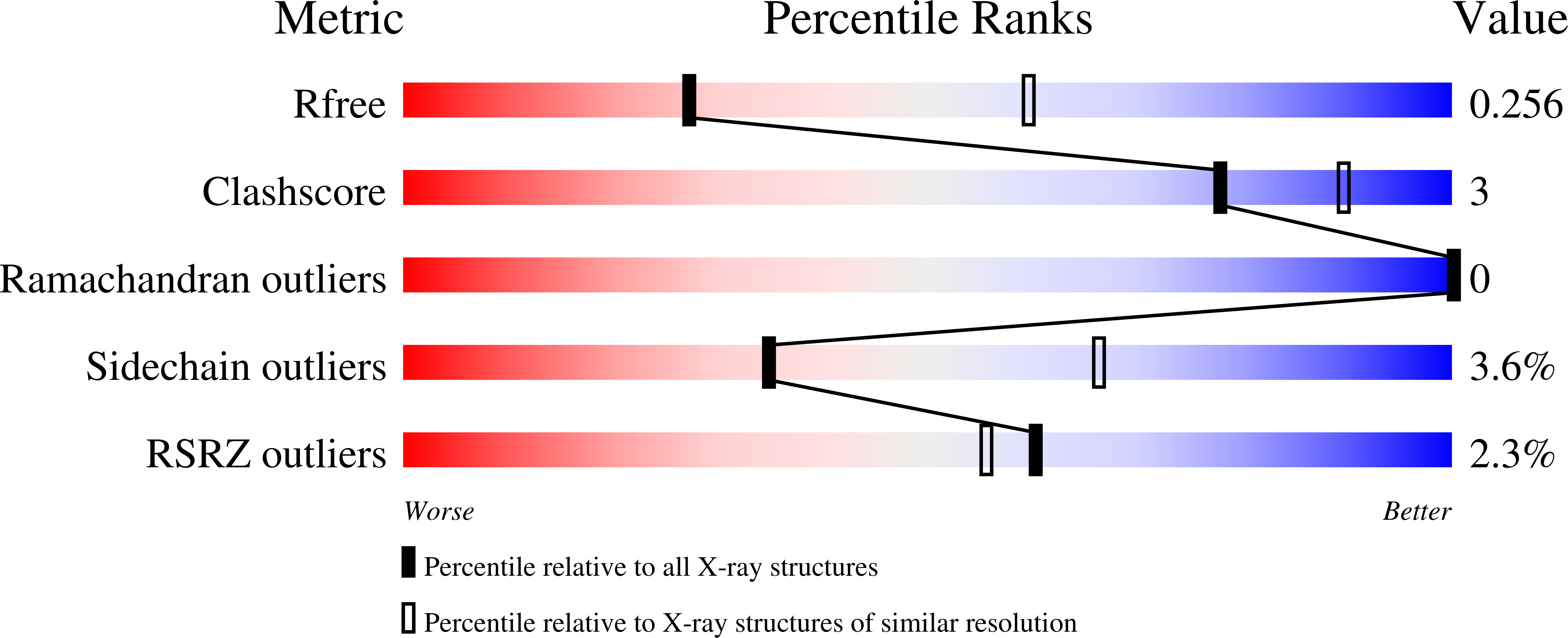
Deposition Date
2021-07-12
Release Date
2022-07-27
Last Version Date
2024-11-20
Method Details:
Experimental Method:
Resolution:
2.77 Å
R-Value Free:
0.26
R-Value Work:
0.22
R-Value Observed:
0.22
Space Group:
C 1 2 1


